For over 150 years, stamp collecting and philately have cultivated dedicated followings around the iconic pastimes. Yet as auction prices for acclaimed rarities like Inverted Jennys and Benjamin Franklin Z-Grills escalate, many feel priced out of amassing truly valuable collections.
However, between the great Victorian-era stamps and the modern misprints lies a world of intriguing releases that have flown under collectors’ radars for decades. Intrigue still surrounds the ultra-elites, but a surprising number of 19th and 20th-century gems have commanded five and six-figure hammer prices at recent sales.
For casual collectors and passionate philatelists alike looking to enhance fledgling or established accumulations, coveted stamps do sit tucked away in relative obscurity waiting to be unearthed. By uncovering this hidden segment of the market, astute collectors can secure prominent, investment-grade items for their assemblages without breaking the bank.
List of most valuable common Postal Stamp
Here is a list of valuable common stamps which you can collect to boost your collection
Inverted Jenny Stamp
No exploration of potentially valuable stamps can exclude the “crown jewel” of philately – the upside-down 1918 24-cent Inverted Jenny airmail stamp. This instantly famous printing error forever cemented its place among the rarest stamp and most coveted US stamps in history after William T. Robey purchased the original sheet of 100 inverted Jennys at a New York post office.
The Inverted Jenny came to be due to a well-documented production mishap at the Bureau of Engraving and Printing, resulting in accidental rarities and a stamp erred in the most spectacular of ways. Today, collectors still dream of uncovering their own inverted Jenny, evenGradeable examples can fetch six and even seven figures at auction.
While tremendously valuable, the 1918 sheet of 100 wasn’t the only Jenny printing. As incorrect plates were fixed and pressed back into hurried WWI production, more inverted examples emerged over subsequent 1918 printings to tantalize generations of philatelists.
Hawker Blue – America’s First Airmail Stamp
While overshadowed by the Inverted Jenny hysteria, history’s spotlight should also shine on the pioneering first government-issued U.S. airmail stamps. These 24-cent stamps, nicknamed “Hawker Blues”, hold a revered status as aviation icons despite far exceeding their Inverted counterparts in the number printed.
Issued for the inaugural inter-city airmail route in May 1918, the engraved image of a Curtiss JN-4H “Jenny” biplane in flight endures as one of the most stunning ever featured on an American postage stamp. Today, high-grade examples sell for upwards of $4,500 at auction and through professional stamp appraisal channels.
As with all 100+ year-old stamps, hinged status and the visibility of cancels can influence assessed value. Yet as the first offspring in airmail’s lineage, interest in this 70 million printing run remains lofty even among less-than-pristine copies floating through the wider collecting populace.
The Mysterious 1868 Z Grill
The 19th century ushered in a wave of postage stamp experimentation, including the intricate practice of grilling stamps to combat counterfeiting attempts. Among America’s grilled stamp issues sits the enigmatic 1868 1-cent Z grill, boasting one of Philately’s most unique and scarce grill patterns.
Only two examples of this coveted grill variety were confirmed to exist into the 20th century. Then in 1937, renowned Wall Street executive and primary stamp collector Alfred Caspary acquired a fragmented Z grill stuffed deep in an old envelope. The discovery instantly doubled the tiny population and sent shockwaves through the collecting world.
Today, fewer than 10 complete Z grill exemplars grace the light of day. Understandably then, when last offered at public auction in 1988, this elusive stamp commanded over $900,000 — dwarfing the prices fetched by other historic single stamps carrying far more household name value like the Hawaiian Missionaries or British Guiana One-Cent Magenta.
The Coveted Dag Hammarskjöld Invert
Among America’s pantheon of famous stamp printing errors sits the 1962 4-cent Dag Hammarskjöld invert. This stamp paid tribute to the late Swedish economist and diplomat Dag Hammarskjöld, Secretary-General of the United Nations, who was posthumously awarded the Nobel Peace Prize.
During production by the Bureau of Engraving and Printing, siderographers accidentally assembled one printing plate with the vignette inverted – a mistake that went undetected. This delivered panes of 400 stamps with inverted yellow centers to unaware post offices for sale.
With most inverted copies used for postage purposes, intact examples remaining are scarce today. This rarity translates into strong secondary market value – a pristine mint single sold at auction for over $120,000 back in 2005. Even examples exhibiting small flaws can still carry five-figure price expectations from specialist dealers and stamp auction houses.
The Mysterious CIA Invert stamp
The early 1960s delivered more than its share of notable US stamp issues, including a seemingly innocuous 4-cent denomination honoring the Central Intelligence Agency’s then-secret role in analyzing global intelligence post-World War II.
Little did the American public know a minuscule production run inverted the blue CIA seal in the design due to another Bureau printing error. By the time eagle-eyed collectors spotted these “upside down spies”, panes had already reached post office shelves, making the CIA invert stamp a new stealthy error rarity practically overnight.
With only a small circulating population in both sealed panes and as singles, CIA invert examples in sound condition often sell today for impressive sums even outside of marquee auctions. In 2015, an expertly graded used single tied to a small piece fetched nearly $9,000 privately through a specialist dealer.
The Supreme Court Invert stamp
Stamp imperfections took on new meaning in 1981 when the United States Postal Service released a commemorative honoring the Supreme Court’s 150th anniversary. Rather than a traditional production error, this 13-cent issue fell victim to another defect – improperly cut perforations.
During post-printing processing, roughly 72,000 panes received misaligned perforation cuts. This rendered one side with larger margins and the opposite side appearing “inverted” within the frame. Most copies were sold normally through post office channels before word spread.
These caught the collector’s eyes, becoming instant minor rarities. Today, unused examples in the best possible mint condition have sold for over $6,500 at auction. Even examples still adhered to clipped envelope fragments can fetch four-figure market values.
Shenandoah National Park Stamp
Beyond rarities defined by production quirks or tiny print runs lies another quietly collected classic: 1935’s picturesque 10-cent Shenandoah National Park stamp.
This rich blue Washington-Franklin definitive portraying a buck white-tailed deer on a mountain cliff captivated the public upon its Depression-era release. Even today, Shenandoah National Park remains one of the most requested stamps by collectors seeking affordable gems known more for eye appeal than scarcity factors.
With over 75 million originally produced, unused copies still widely exist. Yet demand persists for this scenic stunner, especially sound examples in premium “Very Fine” or pristine “Extremely Fine” grade. This translated into a recent auction record of nearly $400 for a choice mint single displaying exceptional centering and color depth.
The Quintessential Two-Cent Red Stamp
The classic period of early American stamp production in the second half of the 19th century birthed many iconic designs still popular today. One such entry is the 1883 reincarnation of the two-cent denomination, nicknamed the “Two-Cent Red” among collectors.
Built around the original Washington image from the 1860s, this new issue with intricate filigree surrounding the portrait harkened back to classic stamp aesthetics. As a widely used letter rate denomination, seeing postal use was inevitable for most Two-Cent Reds entering circulation at the time.
Yet despite over 500 million printed from 1883 to 1888, sound unused examples still hold collector appeal today. Choice examples certified as “XF-Sup-95” or “Superb” by professional grading services can sell for upwards of $200 at auction. Even more commonly used copies in pleasing condition carry retail values in the $20 range.
Five-Cent Zachary Taylor Stamp
The US Post Office delivered a collection darling in 1938 with their Presidential Issue series honoring America’s early Commanders-in-Chief. The deep violet 5-cent entry featuring General and 12th President Zachary Taylor stands out as a hobby favorite.
This rich color and striking image of Taylor found its way onto over 139 million stamps over the issue’s four-year circulation. Yet despite this lofty sum, collectors still pursue Unused copies carrying the pristine gum and perforations indicative of high soundness.
Recent certified examples graded “XF-Superb” with exceptional centering and eye appeal have sold for upwards of $125 at online auctions through prominent philatelic sellers. Even circulated examples with unobtrusive cancel markings can sell in the $5-10 range.
Graf Zeppelin Stamp
Graf Zeppelin Stamp
No list of famous American airmail stamps is complete without the 1930 Graf Zeppelin issue commemorating the ill-fated transatlantic flight of the iconic German airship.
These Zeppelin stamps funded the delivery of mail during the Europe-Pan-American round-trip voyage in 1930. Over 1.2 million copies sold out quickly, making intact full sheets popular collector items today.
This prized US airmail set continues attracting worldwide demand in the collectors market. Choice mint examples recently graded “XF-Superb 95J” sold for nearly $1,200 each at a 2022 online auction. Even examples postmarked aboard the Graf Zeppelin flight itself command four-figure valuations.
From its stunning airship vignette to its enduring legacy as an apex airmail issue, the appeal of the Graf Zeppelin stamps floats as high as ever among philatelists.
Conclusion
While legendary rarities grab headlines with seven-figure price tags, fascinating and valuable stamps do exist for collectors at all levels. As we’ve seen, important errors like Inverted Jennys and prized early airmail issues sit alongside more subtle classics and condition rarities as attainable gems hidden in plain sight.
By revisiting some of these underappreciated releases, novice collectors and passionate philatelists alike can uncover new treasures waiting to be showcased. Securing sound examples now both enhances collections today and acts as investments for the future as intensifying demand intersects with limited supply from a bygone era of intricate productions.
Just as these stamps represent snapshots of history, unearthing elusive issues and unlikely survivors transport collectors back through time. One just needs to review auction archives and certification grading population reports to realize many historical issues discussed sit lower in number than perceived wisdom suggests.
So consider revisiting long-overlooked albums and reconnecting with the stamp marketplace to kickstart or reinvigorate your search. You never know what hidden gems might be waiting to be uncovered among old collections and obscure dealer inventory to reap valuable rewards.

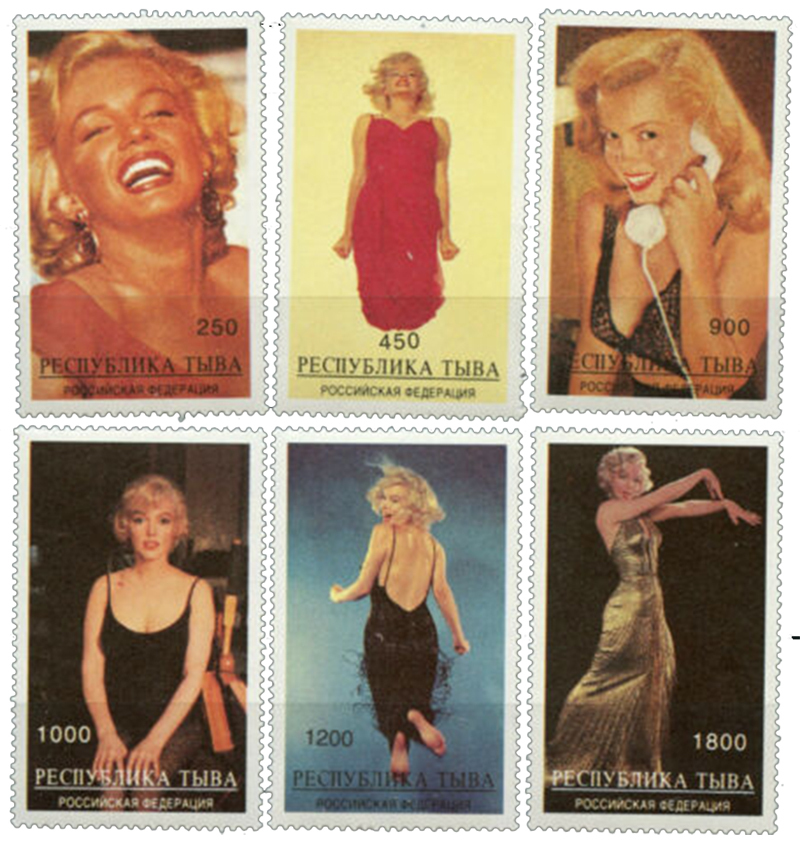
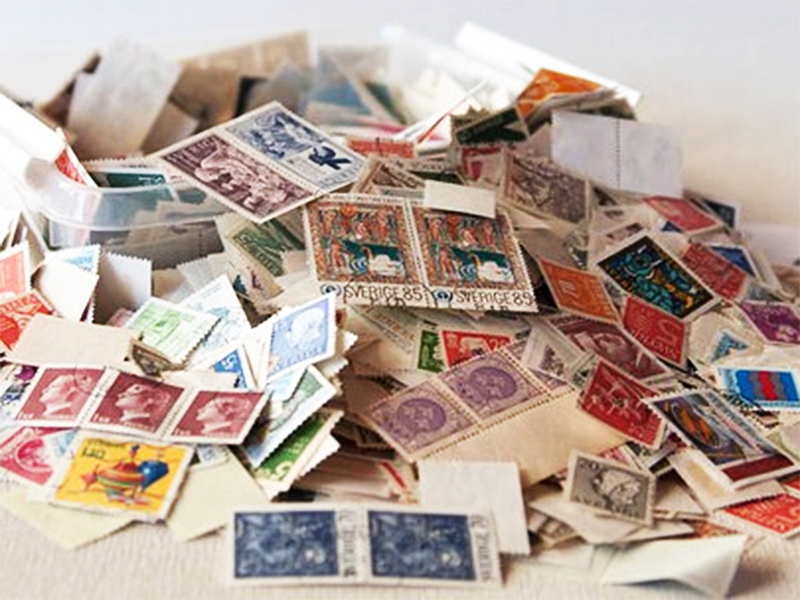
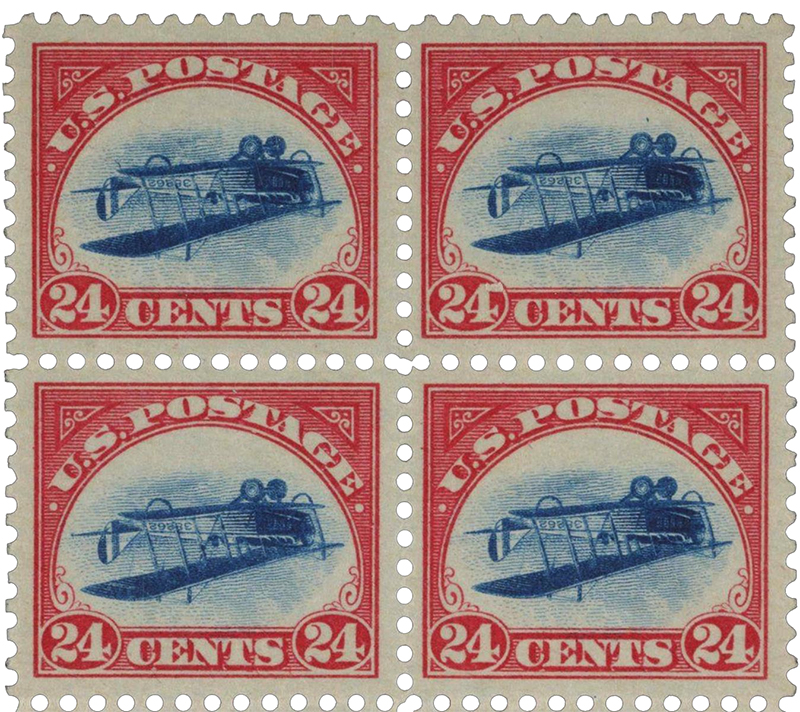
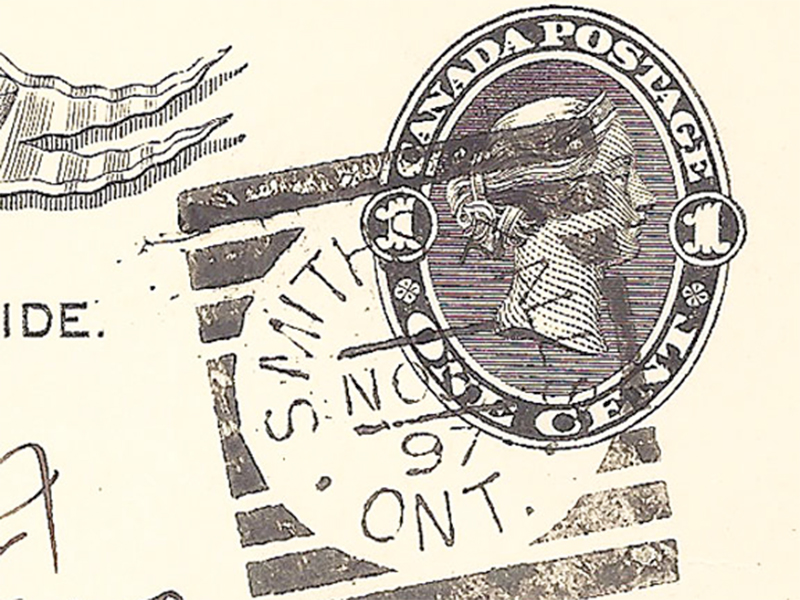
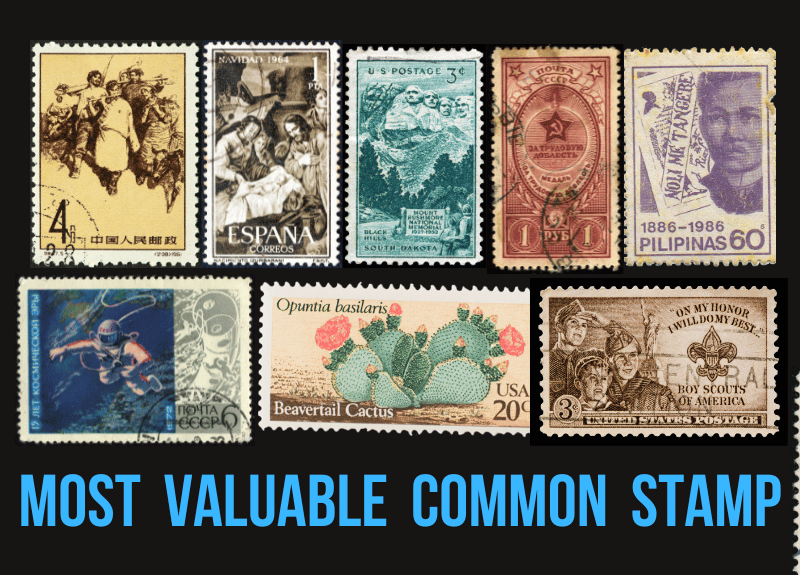
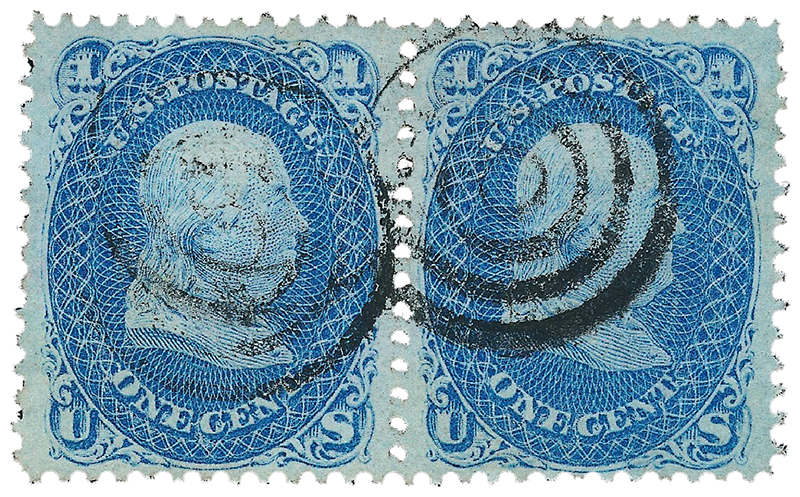


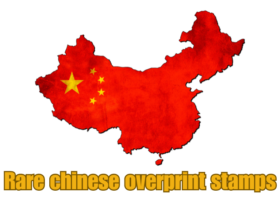
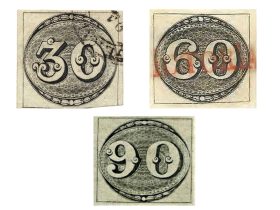
Leave a Reply